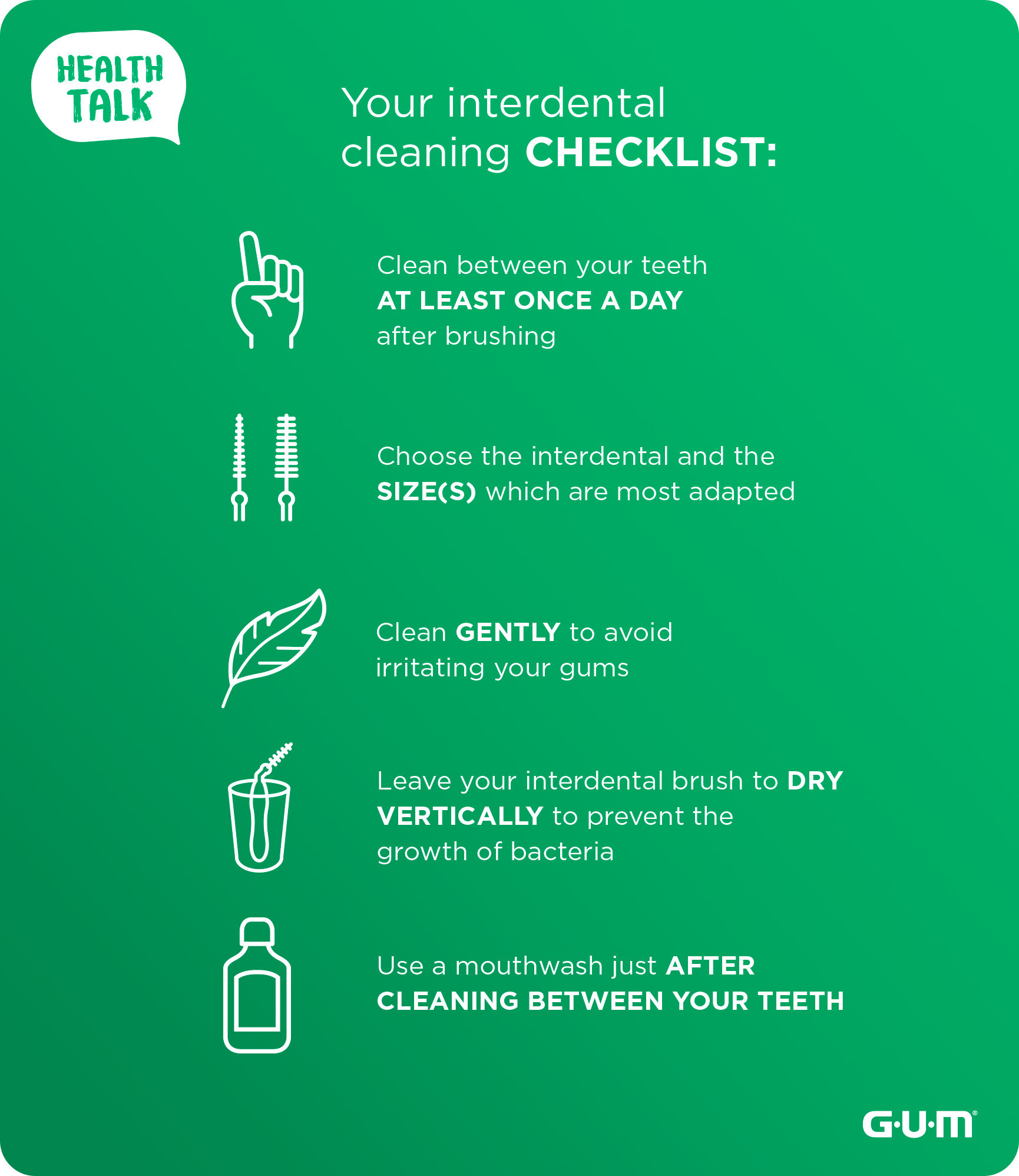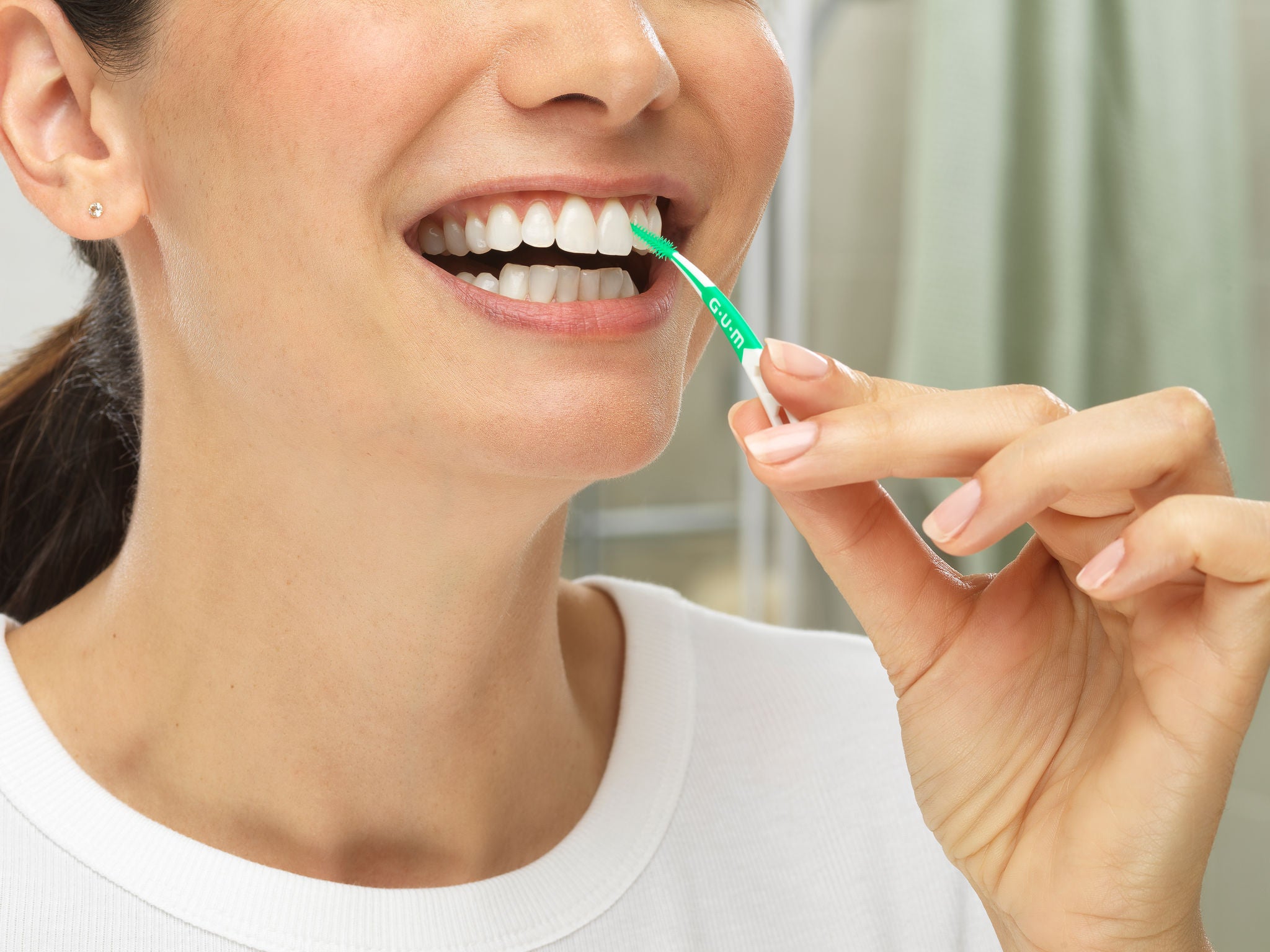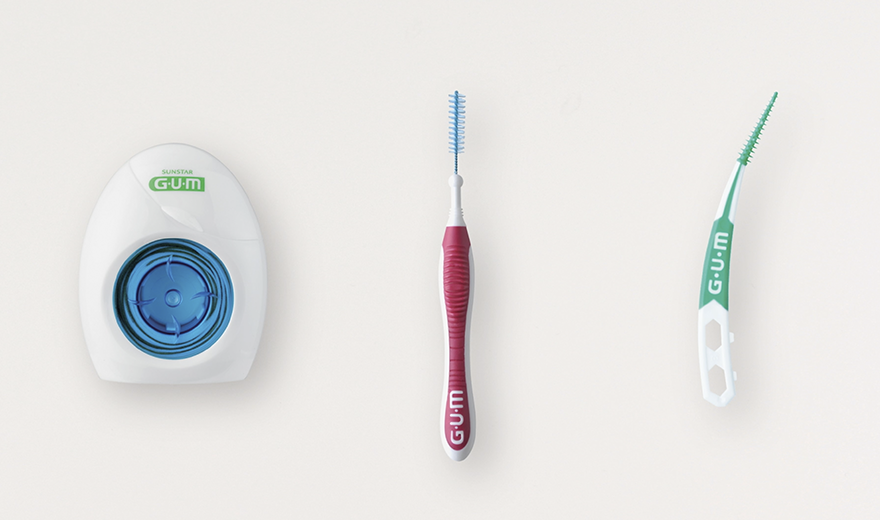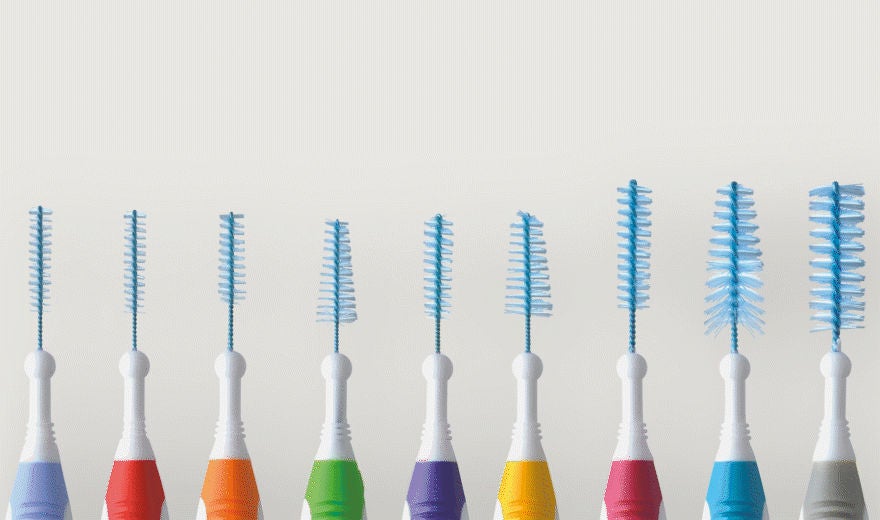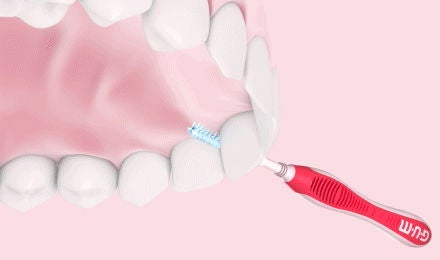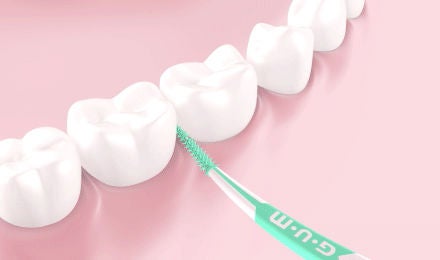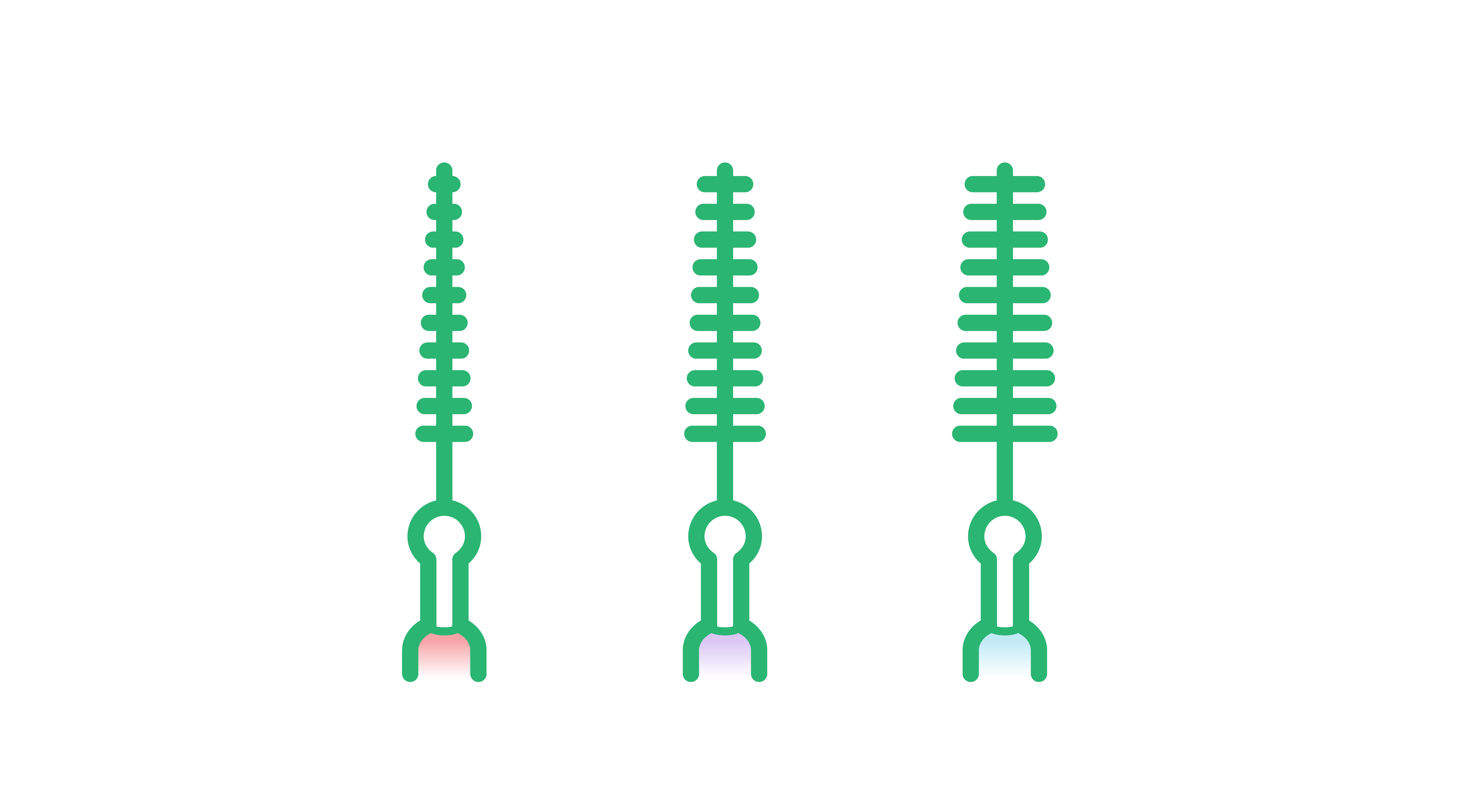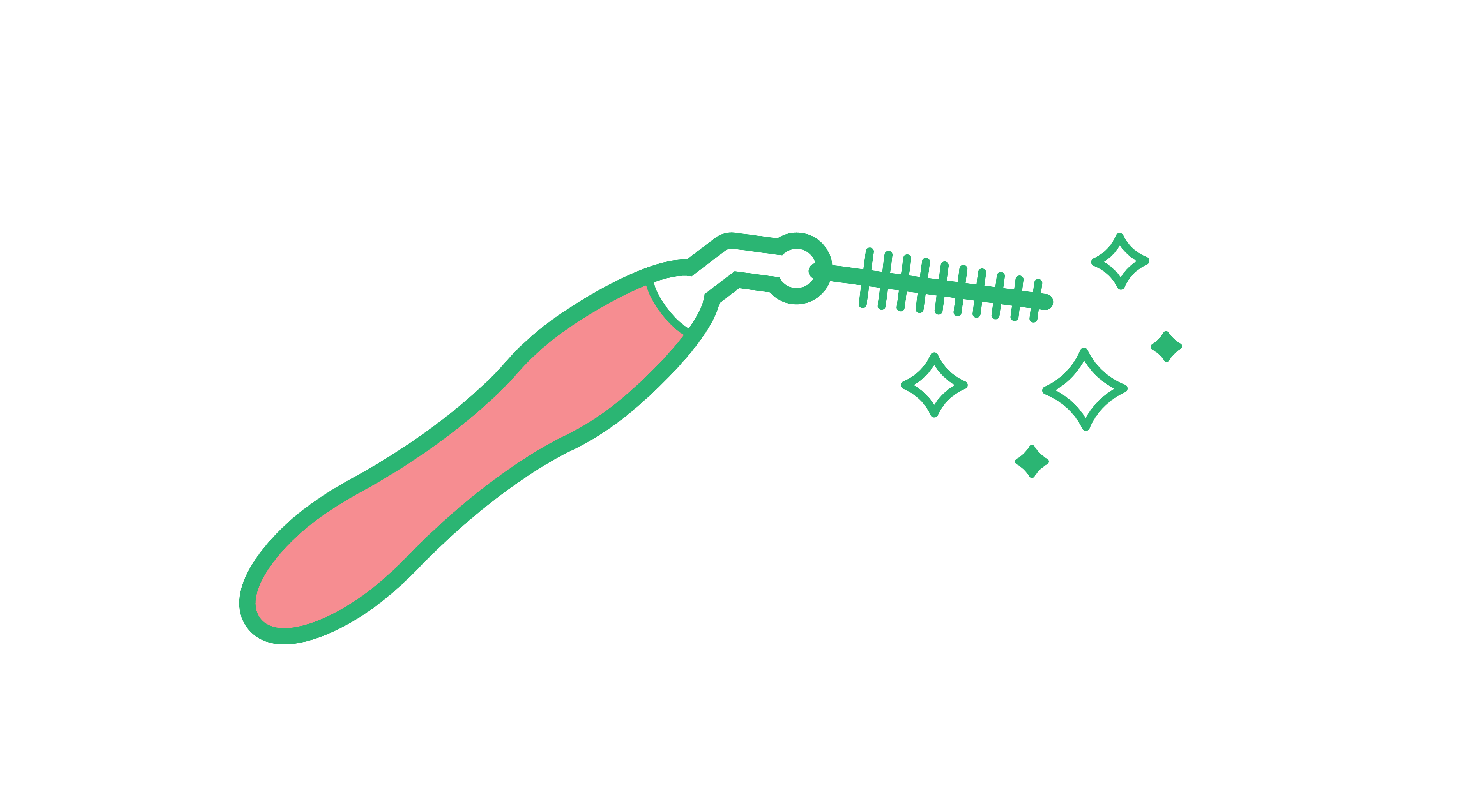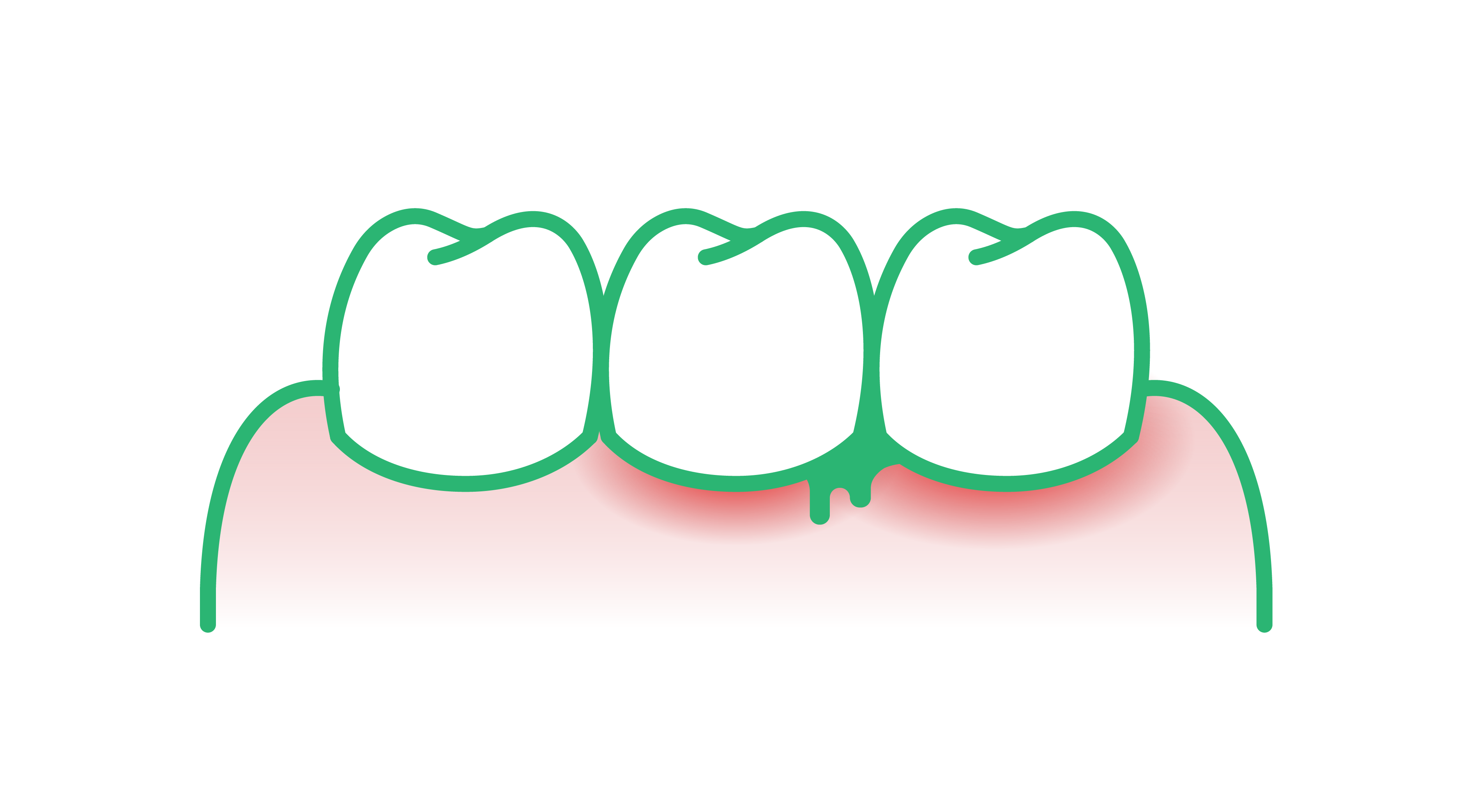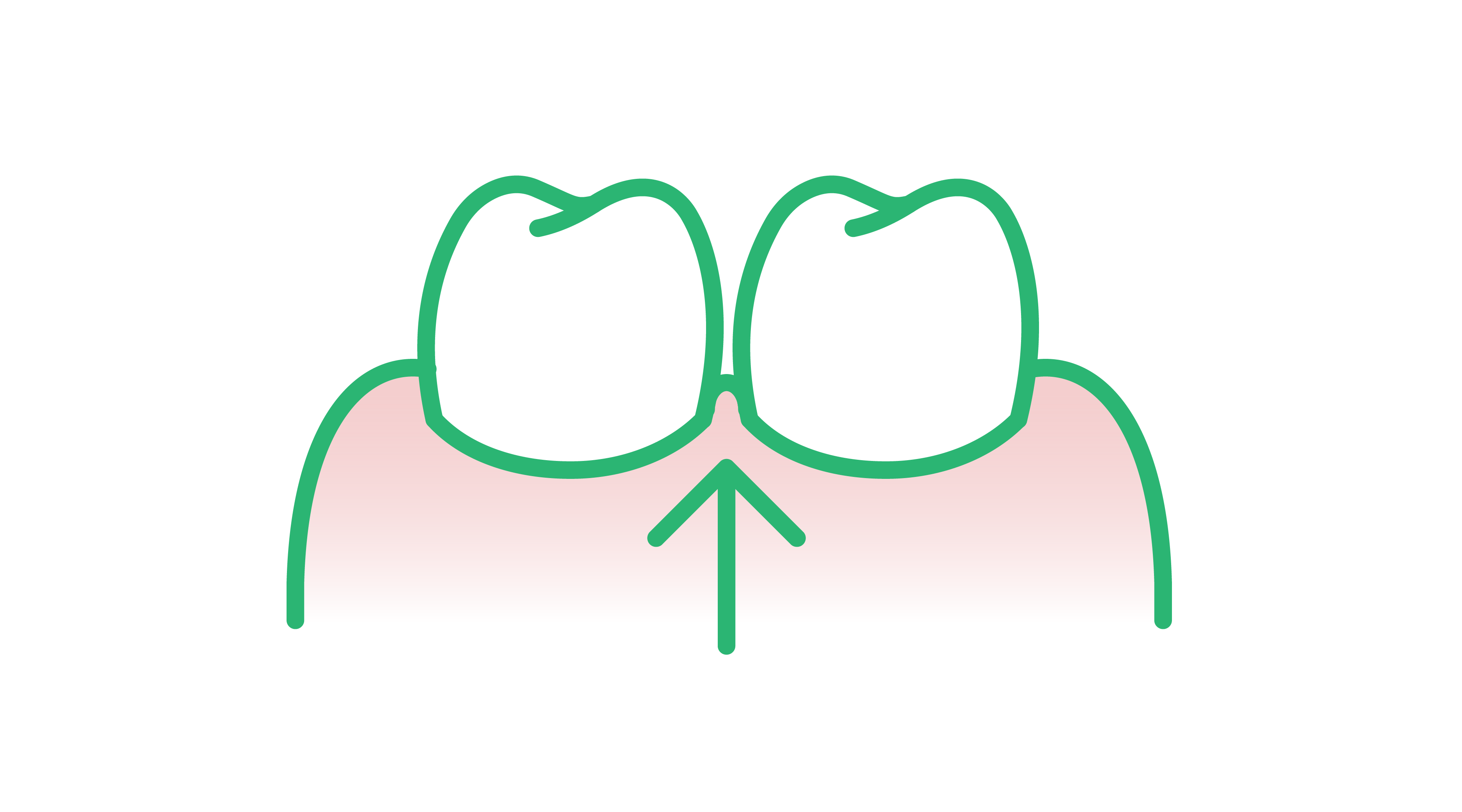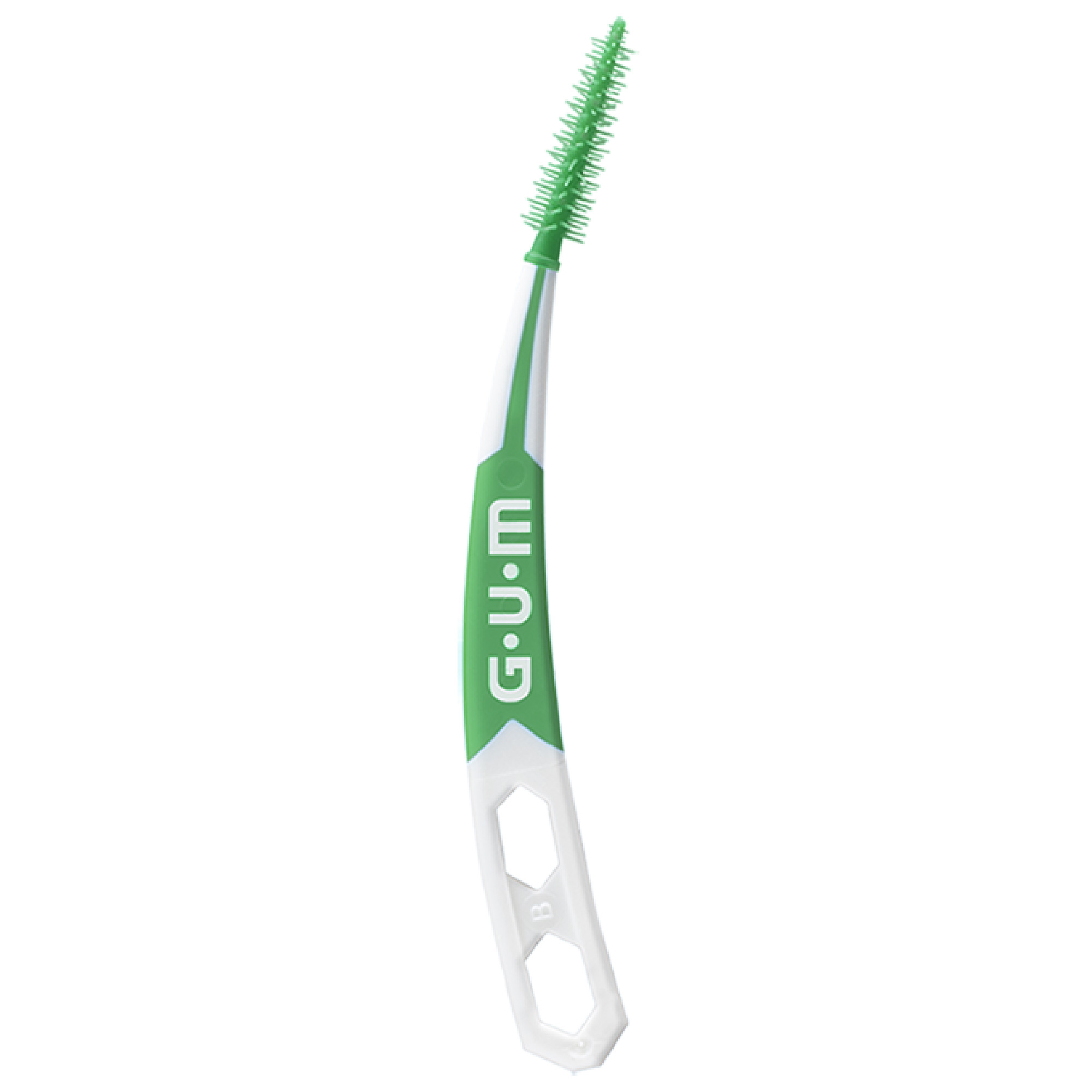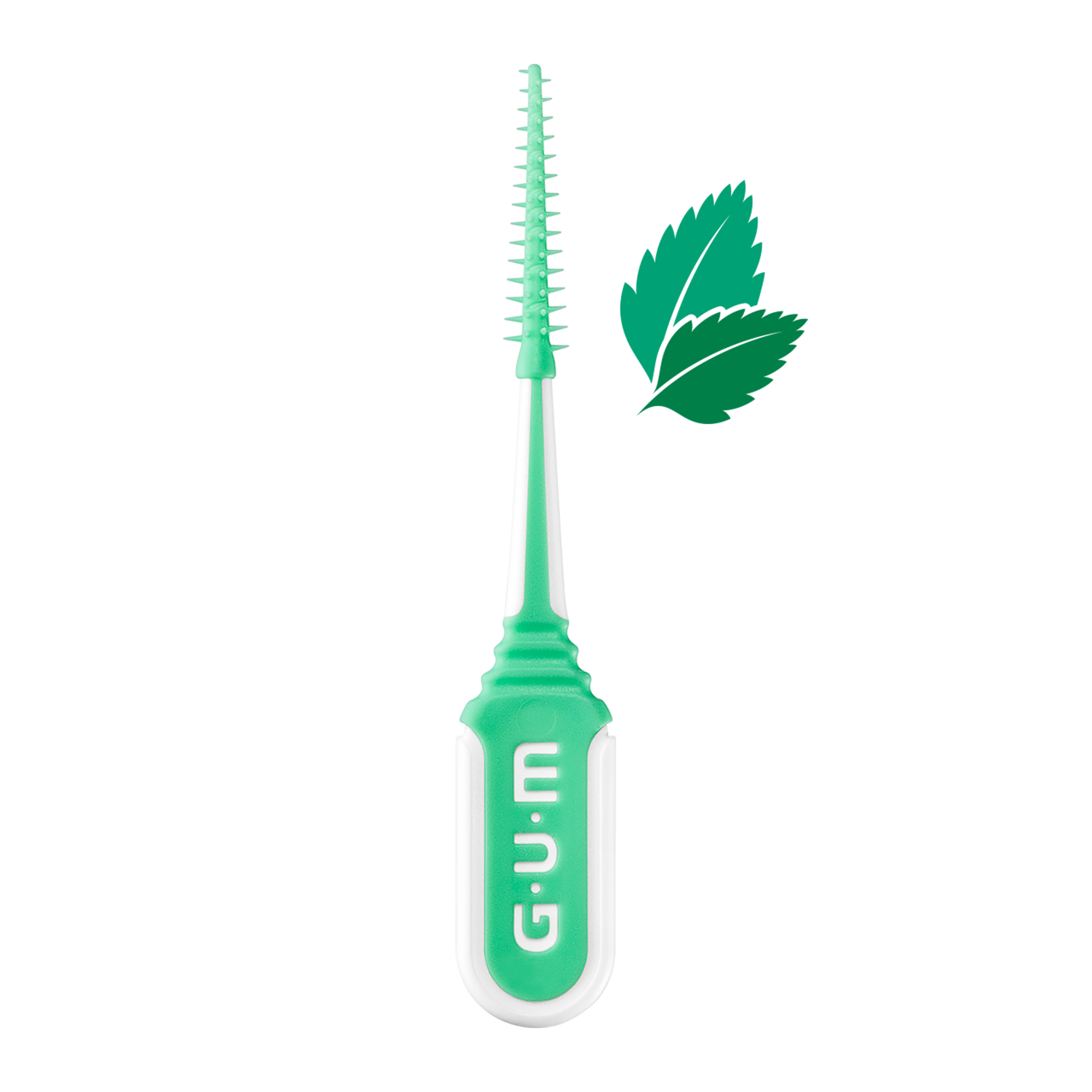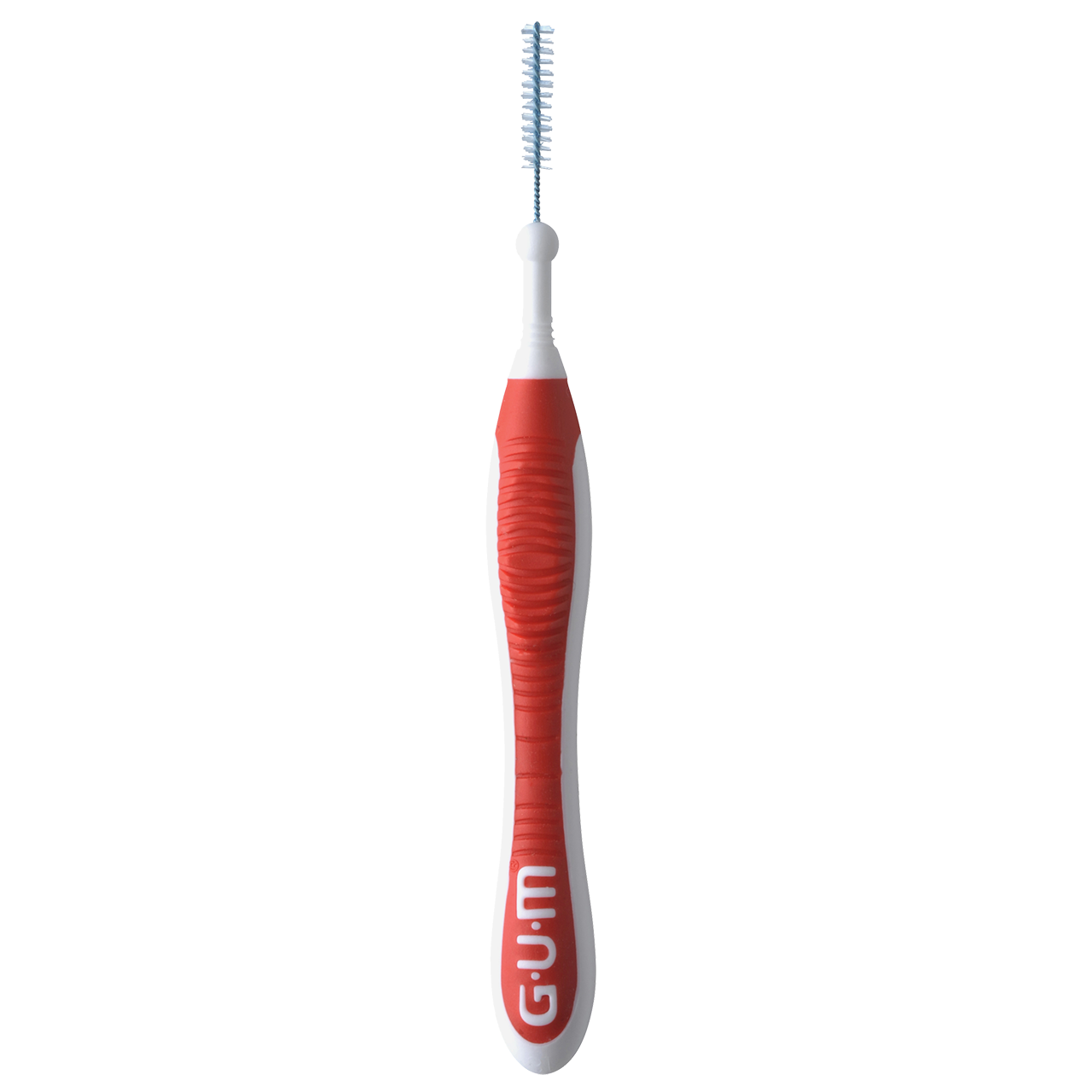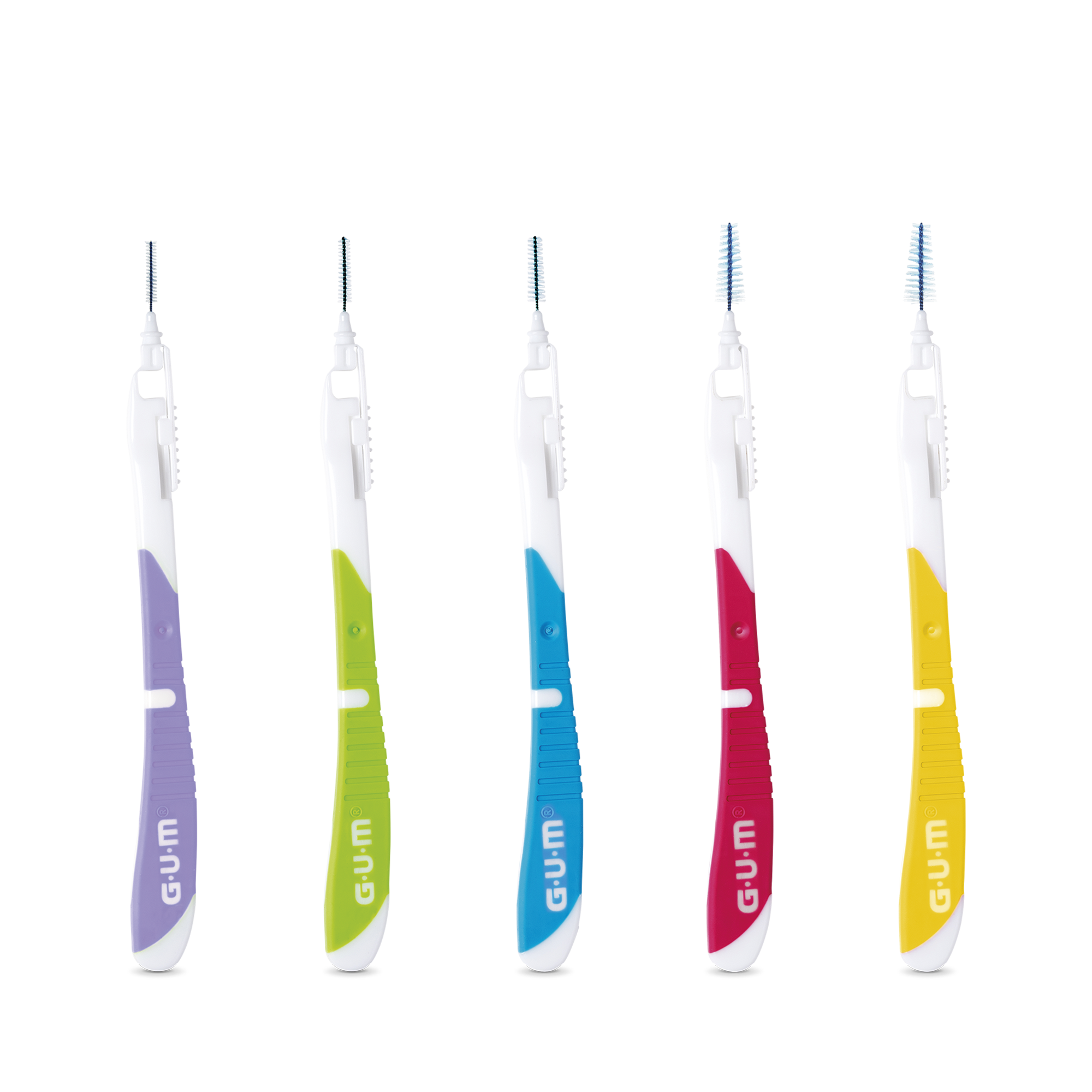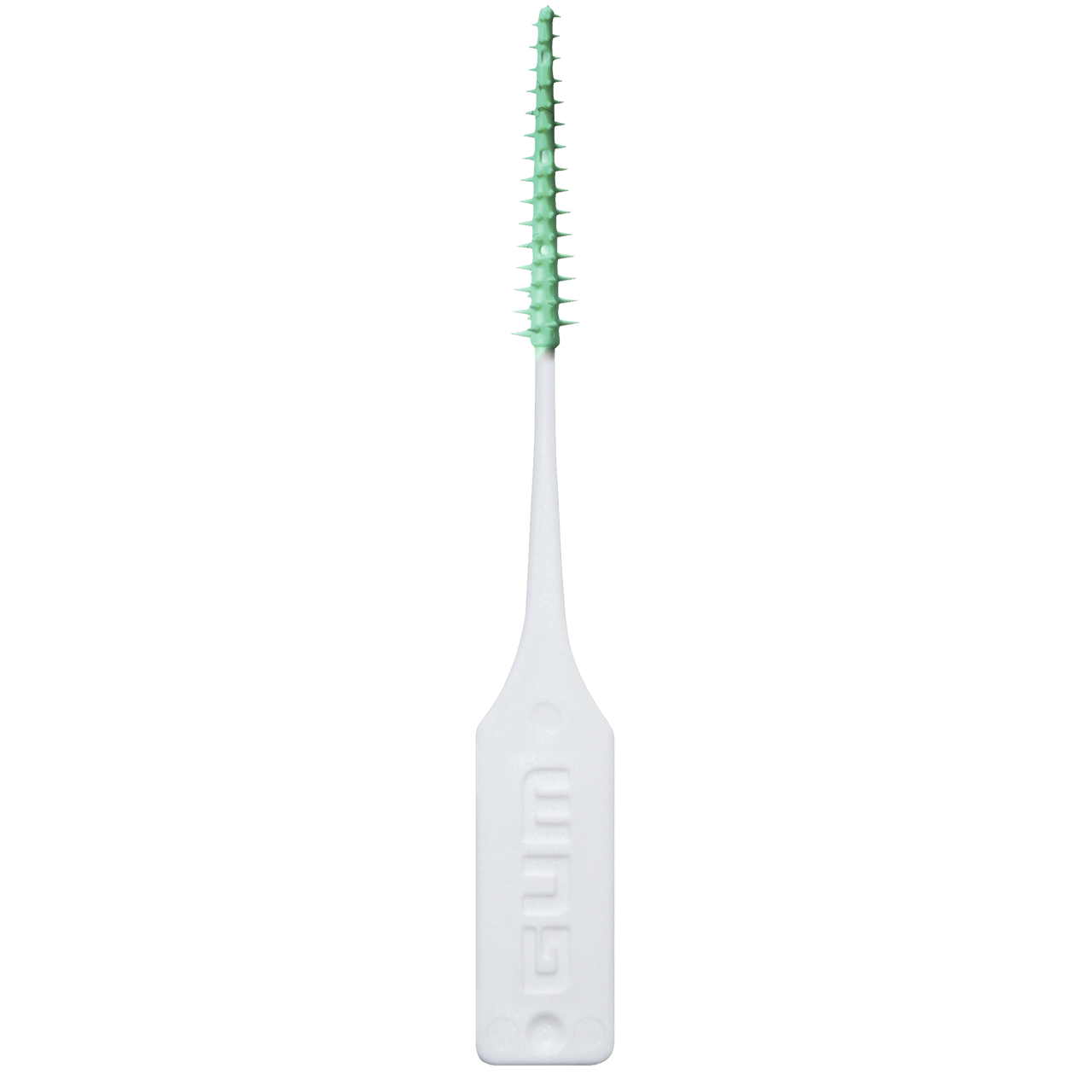How to Clean Between your Teeth for Better Health
Did you know that each of your teeth has five surfaces that need cleaning? And that up to 40% of that surface is located between your teeth?
The surfaces between your teeth are among the hardest to reach, making them especially prone to plaque buildup. That’s why we’ve created this guide to interdental cleaning.
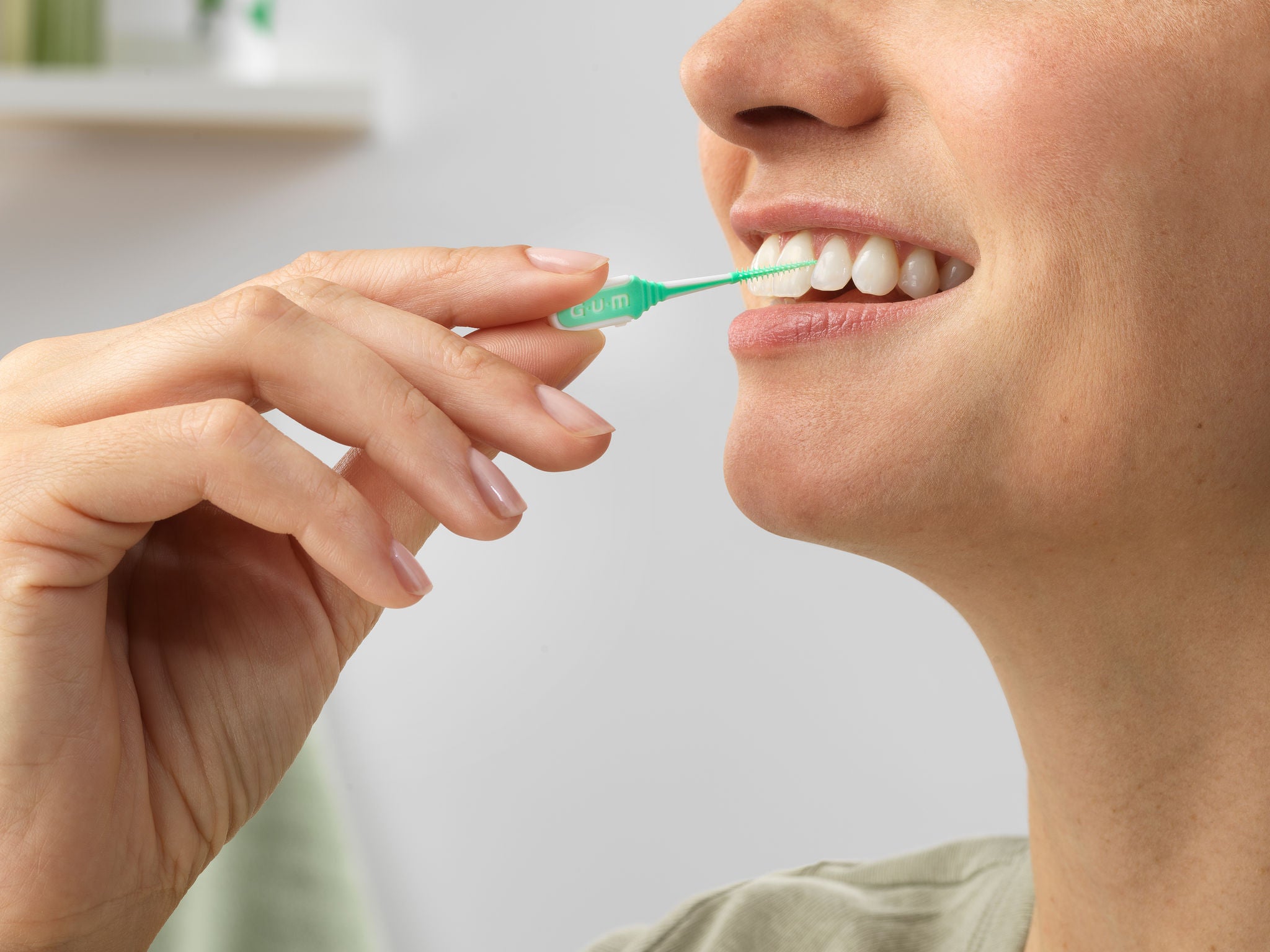
Why interdental cleaning is crucial for plaque removal
Although a toothbrush can remove plaque from most surfaces, it cannot reach between your teeth where food debris and plaque accumulate. This is why interdental cleaning after toothbrushing is so important – it’s the only way to remove plaque from all tooth surfaces.
Gingivitis and periodontitis - or gum diseases - affect up to 90% of the world’s population and is mainly caused by plaque build-up. If left to accumulate, plaque can cause inflammation, bleeding gums, tooth sensitivity and decay, damaging your gums and teeth, and potentially leading to general health issues.
Wondering how best to clean between your teeth? Watch our video:
Want to master interdental cleaning and care for your oral and general health? Watch our video to perfect your technique and follow our tips for a healthy mouth, smile and body.
Make interdental cleaning part of your daily oral care ritual
We can all benefit from following the basics of oral care, but we also have different needs that require professional care. This is why you should visit your oral health practitioner twice a year for personalised care and a professional clean.
Best practices for interdental cleaning
- Cleaning between your teeth at least once daily, either in the morning or before bed, helps to remove plaque buildup, prevent gum disease, and improve overall oral hygiene.
- Select the interdental cleaning tools and sizes that best suit your individual needs to ensure effective plaque removal and optimal oral hygiene.
- Be sure to clean gently to avoid irritating your gums, as aggressive cleaning can lead to discomfort and potential gum issues.
- After use, allow your interdental cleaning brush to dry in a vertical position to prevent the growth of bacteria and maintain their effectiveness.
- To give your teeth some additional protection against cavities, use a fluoride mouthwash after interdental cleaning.
The best would be to wait a while before rinsing, so your fluoride toothpaste can do its job first. If your situation asks for enhanced plaque control, consider using a mouthwash with active ingredients for a while, such as CPC or chlorhexidine. However, always consult with your oral care professional first.
Consistency is essential. Even if you experience mild discomfort or bleeding initially, this usually subsides as your gums become healthier.
Remember, proper interdental cleaning isn’t a one-size-fits-all approach. Depending on your dental structure and oral health, you may need to experiment with different tools or sizes to find what works best for you.
Interdental brushes: The ultimate tool for cleaning between teeth
Interdental brushes are small, specially designed brushes that fit between your teeth, reaching areas that regular toothbrushes can’t access. They are usually considered as the most effective tools for removing plaque and food debris from the spaces between teeth, helping to prevent gum disease and tooth decay. Due to their ease of use and versatility, interdental brushes are recommended for a wide range of dental needs, including those with braces, implants, or wider gaps between teeth.
Not sure how to get started with interdental brushes? Check out our step-by-step guide.
A FEW THINGS you may be wondering about:
Rubber interdental brushes are softer and more flexible, making them ideal for people with sensitive gums. Wire brushes with filament bristles, on the other hand, are more durable and effective for removing plaque in larger gaps or those with braces. Choosing between them depends on your comfort level and cleaning requirements.
Yes, interdental brushes are especially useful for cleaning around dental work like implants, crowns, or bridges where plaque can easily build up. Just ensure you choose the correct size to avoid damaging your dental work. Always consult with your dentist to confirm the best cleaning tool for your specific needs.
